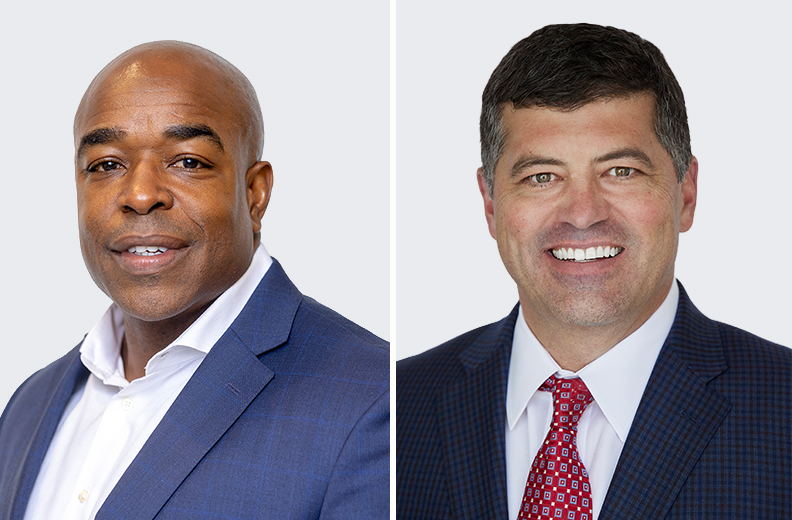Securitized 1031 Exchange Programs Expected to Reach Nearly $2.7 Billion in 2019
April 17, 2019
Mountain Dell Consulting, a market research and analytics firm focused on the securitized 1031 exchange marketplace, recently released its first quarter 2019 report which revealed that securitized 1031 programs are on pace to raise $2.65 billion this year.
Section 1031 of the Internal Revenue Code allows investors to defer paying capital gains taxes on investment property sales by reinvesting the proceeds into a similar investment property within a specified time frame. Securitized 1031 exchange programs are structured as securities and sold through the broker-dealer community.
In 2018, 38 sponsors raised a total of $2.48 billion in equity, the highest annual fundraising performance in 11 years and a 27.8 percent increase compared to 2017. But it was still a far cry from the industry’s peak in 2006 when 71 sponsors raised $3.65 billion.
During the first quarter of 2019, 34 active sponsors have already raised $612 million – with the vast majority of programs structured as Delaware statutory trust offerings (93.3 percent) focused on multifamily real estate.
So, what is driving the DST business? Louis Rogers, founder and CEO of Capital Square 1031, explains the demographic trend of aging real estate investors is a driving force for the industry’s growth.
“The aging baby boomers who own trillions of dollars of highly appreciated real estate are tired of the THREE T’s – tenants, toilets and trash,” explained Rogers. “DST investments provide a highly desirable passive investment. This trend will grow as we experience the largest transfer of wealth in history from the greatest generation to their children, who don’t want to actively manage real estate.”
Keith Lampi, director and chief operating officer of Inland Private Capital Corporation, agrees that baby boomers and strong real estate values are helping to drive the popularity of 1031 programs.
“The securitized 1031 market continues to be heavily driven by and tied to strength in asset pricing, as well as the demographic trend of aging real estate investors seeking to monetize their current holdings and pivot to a passive ownership structure,” said Lampi.
“A large number of investors are sitting on appreciated values, which means tax ramifications at sale and the way to defer taxes and achieve passive ownership is through a 1031 exchange into a DST. 1031s are still one of the most powerful sections of the tax code as investors take advantage of current market pricing,” he added.
Demand for multifamily assets stayed strong with 51.4 percent of sales concentrated in these assets during the first quarter, a dramatic increase from 2007, when approximately 19 percent of equity was raised in multifamily offerings.
Office properties were the second most popular asset type with nearly 20.1 percent of the total, a decrease of half when compared to the 40.4 percent of total equity raise in 2017. Retail offerings remain popular with 13.6 percent of the quarterly raise.
While multifamily was the most popular asset type for 1031 exchange offerings, Lampi believes that investor demand for asset diversification will be a key factor in future product offerings.
“While 2018 was a very successful year for our industry, product supply was heavily weighted in the multifamily sector due to the volume of supply offered,” said Lampi. “Investors are increasingly looking to invest in a broader variety of asset types – especially when looking at where we are in the market cycle – so we believe 2019 will rely on sponsors’ ability to bring additional sector diversity to market in future product offerings.”
Rogers also pointed to diversification as a key feature in today’s DST offerings, as opposed to the tenant-in-common structure that dominated the mid-2000s and represents less than 4 percent of the modern 1031 space.
“By acquiring a portfolio of DST replacement property, exchangers are able to reduce the risk from a more concentrated investment,” said Rogers. “DSTs are a turn-key investment with a very low minimum investment, making diversification possible. Compare this to the TIC-era, when the minimum investment was very high (frequently $1 million!) forcing exchangers into a concentrated investment.”
To view the full article, click here.


